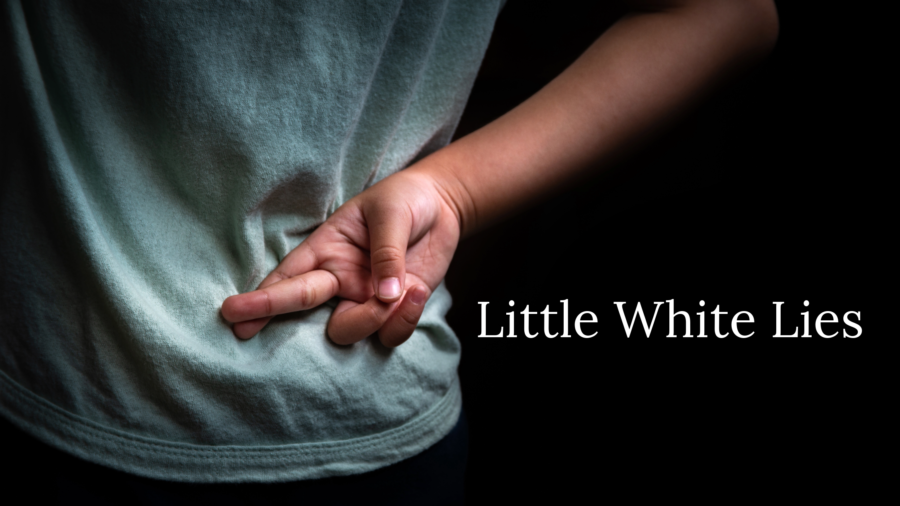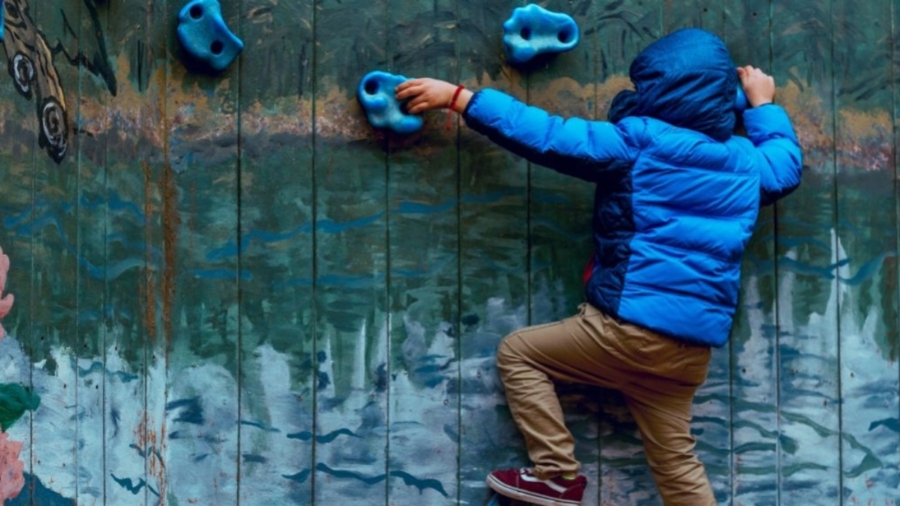Remember that awkward phase between childhood and “cool teenager”? Yeah, the tween and teenage years are a pressure cooker of hormones, social dynamics, and questionable fashion choices (think neon scrunchies and cargo pants – oh, the memories!). Let’s talk peer pressure, that invisible force that can turn our sweet, cauliflower-loving kiddos into rebel pizza-party-crashers (true story, trust me!).
Picture this: It’s Friday night, movie night snuggles are planned, and suddenly, your child emerges from their room, sporting a mischievous grin and a “can-we-talk” look. Turns out, the “cool kids” are throwing a pizza bash, and your darling is invited. Now, it’s not just any pizza party – it’s at some forbidden basement dive, with questionable adult supervision (your imagination has already sprinted to another dimension of a smoke-filled room and much more). Your parental instincts scream “Nope!” but your tween’s eyes are pleading, “But Mom, everyone’s going!”
That’s the peer pressure paradox, right? We want our kids to fit in, have friends, and experience life. But not at the cost of their safety or their values. So, how do we navigate this minefield of pepperoni and principle?
Here’s where Operation: Pizza Panic turned into a teachable moment:
Step 1: Ditch the Drama, Embrace the Dialogue. Instead of the “Absolutely not!” knee-jerk reaction, I pulled up a chair, ordered his favorite pepperoni pizza from his favorite joint, and asked him to sit with me until it came. He relented after some resistance as he could read what was about to come. We talked, we discussed the party, the potential dangers, and the pressure to conform. My boy confessed his anxieties about missing out, about not being cool enough, about the only opportunity to make new friends. He also accepted the tussle between his heart and mind and that he just wanted to ‘fit in’.
Step 2: Empower the “No”: We brainstormed alternative plans. Movie night with friends? A sleepover at some other friend’s house (whom we know) with a surprise pizza delivery for the friend? Once he agreed on an alternative, we practiced saying “no” assertively, like, “Thanks for the invite, but I’m not comfortable with that scene.” It was empowering to see my child take ownership of their decision.
Step 3: Communication is Key: We laid out ground rules. If there’s ever another “questionable pizza party” situation, he knows he can talk to me, no questions asked. Every situation is different and so it will be assessed accordingly. There is no blanket Yes or No. We built trust, not fear.
The Result? My child stayed home that night, snuggled up with a couple of friends, and devoured a (much safer) pizza. More importantly, he learned a valuable lesson about critical thinking, peer pressure, and the importance of sticking to his values.
This is just one slice of the peer pressure pie, but it’s a reminder that open communication, a sprinkle of trust, and a whole lot of love can help our tweens and teenagers navigate this tricky time. So, the next time your child faces a “forbidden fruit” situation, grab a metaphorical slice of pizza, pull up a chair, and have a conversation. You might just be surprised by the strength and wisdom they already have within.
Now, tell me your stories! What are your epic child peer pressure tales? Share your tips and tricks for raising independent thinkers and pizza-party declining champions in the comments below! Let’s build a community of support for our children, one slice (and decision) at a time!




